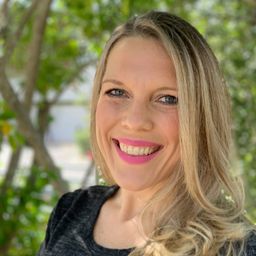Language-Rich Spaces: Supporting Plurilingual Learners with Care, Clarity, and Research-Informed Practice

Course information
The methodology
Course syllabus
Session 1: More Than Just English: Centering Identity and Belonging
- • Unpack the connection between language, culture, and belonging in diverse learning spaces
- • Challenge deficit-based narratives around “language gaps” and “catching up”
- • Explore tangible ways to affirm and integrate students’ home languages, even when you don’t speak them yourself
Session 2: Input Matters: Building Oral Language and Vocabulary Without Watering Down
- • Use storytelling, visuals, gestures, shared experiences, and classroom routines to foster language naturally
- • Design cognitively engaging tasks that support comprehension and academic vocabulary
- • Learn why comprehensible input + high expectations = growth
Session 3: From Speaking to Writing: Supporting Language Development Across the Day
- • Use sentence stems, collaborative talk, shared writing, and modeled thinking to build expressive confidence
- • Scaffold speaking, listening, reading, and writing through authentic classroom practice—not isolated language drills
- • Understand and apply translanguaging as a powerful tool for meaning-making and identity affirmation
Session 4: Sustaining Language-Rich Spaces: Small Moves, Big Shifts
- • Identify simple, high-impact routines that embed English support across the curriculum
- • Strengthen collaboration between classroom teachers and EAL/language support specialists
- • Reflect on your own practices and set intentions for cultivating a space where plurilingualism is the norm—not the exception
The methodology
Instructor

Tonya Gilchrist
Tonya is a renowned international education consultant and learning strategist with a mission to help schools hold tightly to less, so students can learn more. From supporting schools with inquiry, self-regulation, literacy, mathematics, Universal Design for Learning, and more, Tonya specializes in designing tailored professional learning that’s equal parts research-informed and relationship-driven.
How it works
You will join a group of 2 to 5 colleagues, and as a group, you will meet 4 times, either in person or online, at a time you all agree on.
Join a circle
Organize your study group with colleagues. You'll have 3 days to "match," from January 2 to January 5.
Agree on a schedule
Decide the most convenient time for your sessions, online or in person.
Join and collaborate
When the session arrives, connect with your colleagues and complete the activities together.
